Porto Portugal is a city alive with colors, sounds, and stories whispered from its ancient walls. It lies along the Douro River, where sunlight dances on water and old boats carry a timeless charm. Walking its narrow alleys and squares, I found a city that balances history with a lively pulse of everyday life. From tiled buildings that tell centuries of tales to markets where fresh fish and pastries fill the air, Porto invites visitors to slow down and savor its many layers.
Table of Contents

Walking Among Porto’s Architectural Wonders
One of Porto’s most striking features is its historic architecture. The São Bento Railway Station immediately caught my eye with its grand façade and inside, walls covered in thousands of blue and white azulejo tiles. These tiles depict Portugal’s past-from battles to rural scenes. While standing there, I overheard a local telling a young visitor how the station looks like a museum but is still a busy, working place. It’s a perfect blend of utility and art.
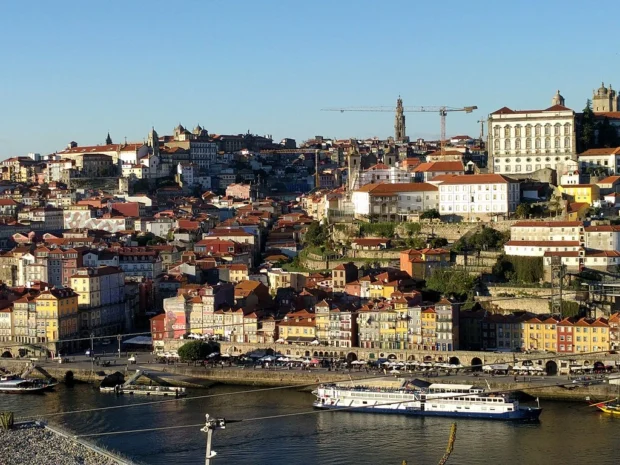
Nearby, the Clérigos Tower stands tall over the city’s rooftops. Climbing its narrow spiral staircase rewarded me with panoramic views that felt like a living postcard: red roofs, winding river, and the distant Atlantic Ocean. This Baroque masterpiece dates back to the 18th century, a symbol of Porto’s deep connection to faith and artistry.
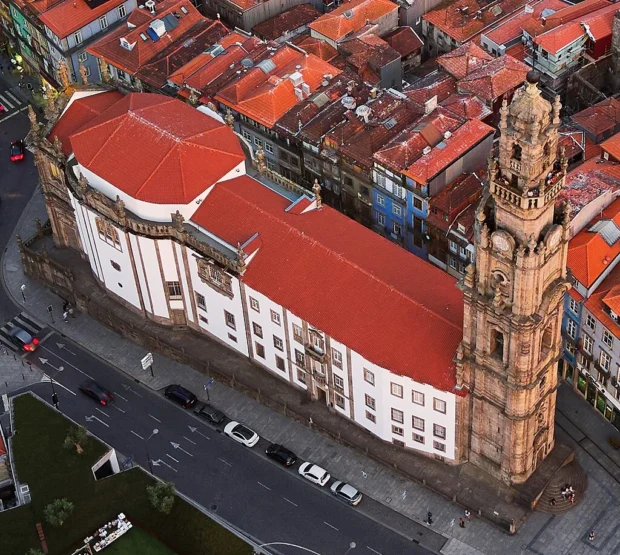
For a quieter moment, the Palácio da Bolsa, once the stock exchange, offers elegant rooms with intricate stucco and gilded details. The Arab Room, decorated in Moorish style, is a surprising jewel, reflecting Portugal’s varied cultural influences. Those interested can find details about visiting on the official site of Palácio da Bolsa.

Cafés And Markets: The Pulse Of Porto Life
Cafés in Porto are more than places to drink coffee-they are meeting points, stages for conversation, and windows into local culture. I found myself drawn to the small establishments in the Ribeira district, where the smell of fresh coffee blends with river breezes. Sitting outside, I watched fishermen carry their daily catch while locals shared news over cups of dark, strong espresso.
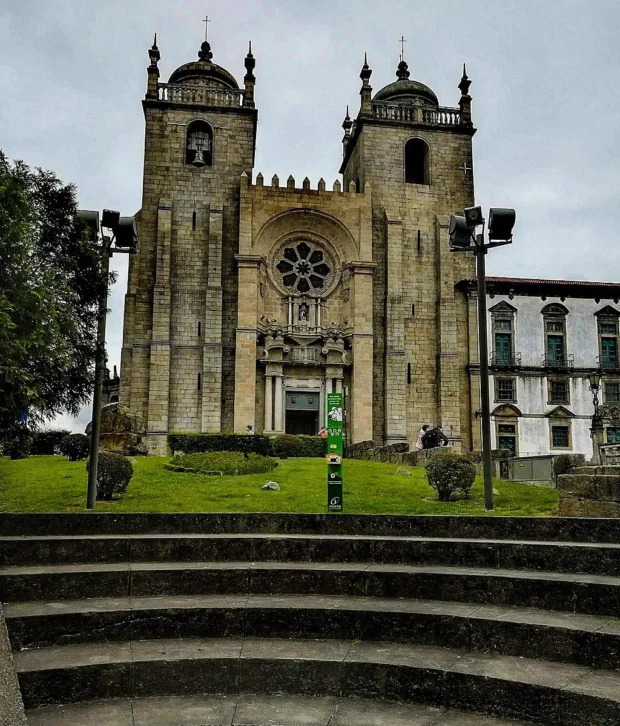
Mercado do Bolhão is the heart of Porto’s traditional market scene. It bustles with vendors selling fresh fruits, vegetables, cheese, and fish. The market building itself shows signs of age but remains lively, preserving a way of life that connects generations. I chatted with a fishmonger who proudly explained the difference between local sardines and those from other regions. It was a lesson in taste and tradition.
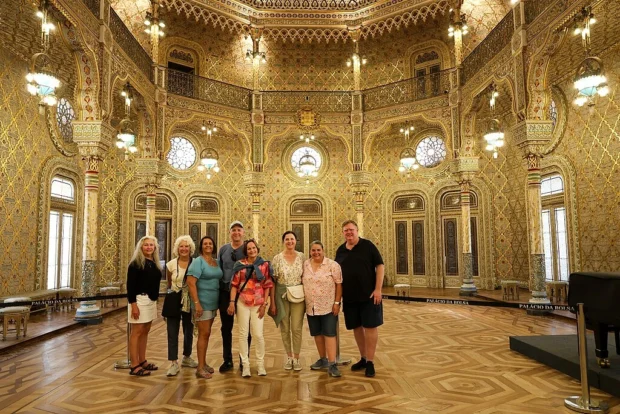
Finding Quiet Corners In Lively Neighborhoods
Porto’s neighborhoods tell stories through their streets and squares. The artsy district of Miguel Bombarda offers galleries and artisan shops. Here, I met a young painter who shared how the neighborhood hosts art festivals that bring the city’s creativity to life. The colorful murals and unusual sculptures make walking this area a visual treat.
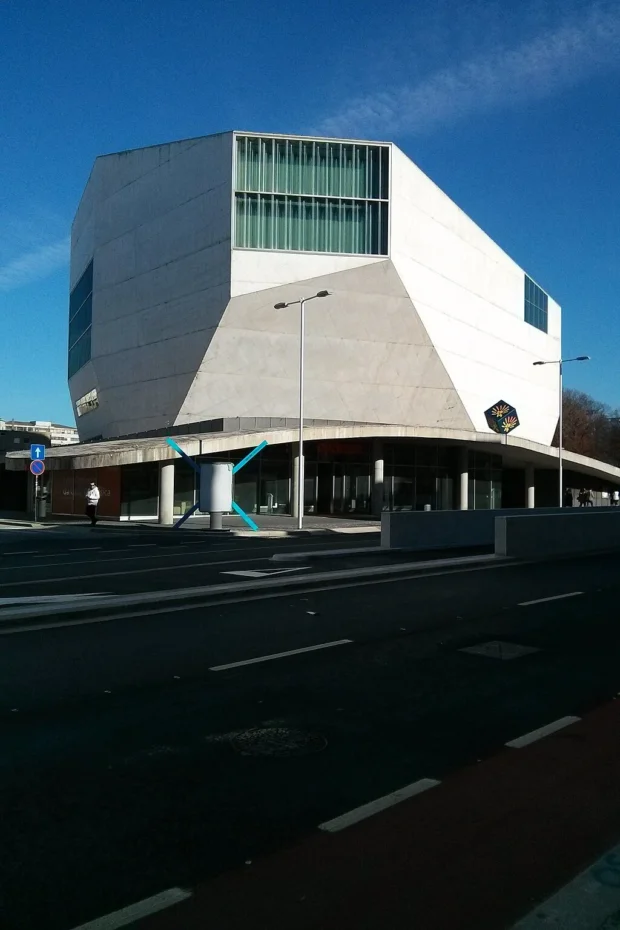
On the other hand, Foz do Douro, where the river meets the Atlantic, offers a different rhythm. Walking along the seaside promenade, the air carried a salty freshness. People were strolling or sitting on benches watching waves crash against rocks. It felt like a perfect contrast to the bustling city center, a place to reflect and breathe deeply.
After enjoying Porto’s lively markets and cafés, consider reading about Nice’s unique food neighborhoods to compare local flavors and city rhythms Nice’s neighborhoods and flavors.
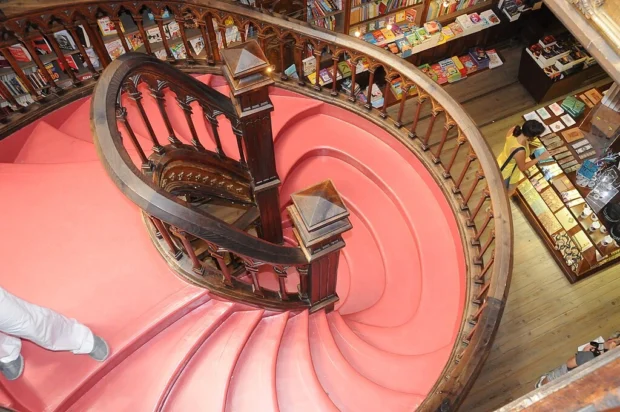
Porto’s Food Culture From Markets To Taverns
Eating in Porto is an experience of rich, hearty flavors. Francesinha, a sandwich layered with meats and covered in melted cheese and spicy sauce, is a must-try. It originated here and often comes with fries and local beer. I tried it in a small tavern near the Aliados Avenue, where waiters knew the recipe like a secret passed down.
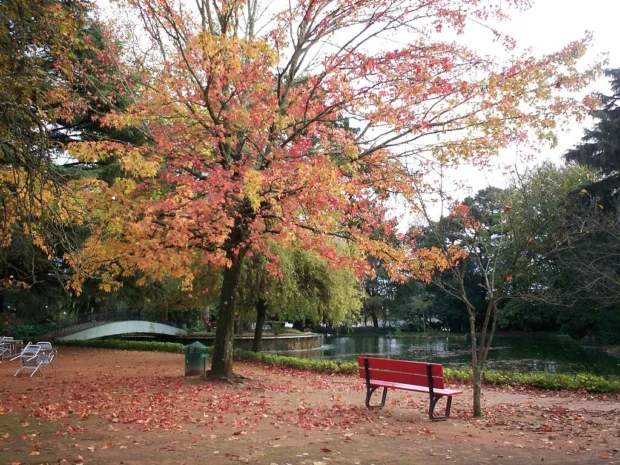
In the Matosinhos area, famous for seafood, fresh grilled fish and seafood rice are served with simple lemon and herbs. Watching fishermen unload their catch nearby adds to the freshness in every bite. For those who enjoy sweets, pastel de nata, a creamy custard tart, is found in many bakeries but tastes best when eaten warm and fresh.

Getting Around Porto Portugal
Porto’s public transport is easy to use and connects the airport, train stations, and city center smoothly. The Metro is modern and clean, perfect for reaching places quickly. From the airport, take the metro Line E to Trindade station, located centrally where you can change to other lines or explore nearby streets on foot. Buses also cover routes the Metro does not, making it simple to reach neighborhoods like Foz do Douro.
Walking is often the best way to discover Porto’s narrow lanes and hidden corners. The city’s compact size invites exploration without the rush. The hills may tire your legs, but the views and scenes that open at every turn make it worthwhile.
Porto Culture And Customs To Remember
In Porto, people are warm and polite but appreciate respect for their customs. When greeting, a handshake or two kisses on the cheek are common among friends. Speaking softly in public places shows respect for the quiet charm of the city. Many locals enjoy a late dinner, often after 8 PM, so restaurants tend to open later than in some countries.
To complement your time in Porto, consider visiting Lisbon’s Jerónimos Monastery, a stunning example of Portugal’s rich history and artistry, detailed beautifully here.
One charming custom is the tradition of “cafés de rua,” where people enjoy coffee standing at counters, sharing moments before continuing their day. It creates a lively street culture that feels both intimate and social.
A few things to keep in mind: avoid loud conversations in public transport, do not rush conversations in cafés, and remember that tipping is appreciated but not obligatory. These small gestures open doors to genuine connections.
Quirky Facts And Little-Known Stories
Porto has its share of surprises. Did you know the city was once called Portus Cale, giving Portugal its name? Walking through Ribeira, I learned that the famous Port wine barrels once traveled on these riverbanks, carried on boats called “rabelos.” Seeing old rabelo boats moored today feels like stepping into a living museum.
Another oddity: Porto’s São Francisco Church interior looks Gothic from outside but surprises visitors with a lavish Baroque gold-covered inside. The contrast is breathtaking and tells stories of shifting tastes and wealth through centuries.
Porto also celebrates Festas de São João in June, where the city fills with music, dancing, and playful traditions like hitting people gently with plastic hammers. It’s a joyful display of local spirit in the heart of summer.
Whether wandering its historic streets, savoring its hearty dishes, or engaging with its friendly people, Porto Portugal offers richness beyond first glance. It’s a place where every corner holds a story and every meal brings a new flavor to the experience.
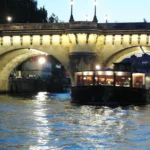
Lover of cities, local cafés, and historic streets, exploring urban life with attention to architecture and culinary delights.
- O Porto (visto da Ponte Dom Luis I) by Rititaneves on Wikimedia Commons – cc by-sa 3.0
- Dom Luis I bridge from Jardim do Morro (1) by Krzysztof Golik on Wikimedia Commons – cc by-sa 4.0
- Cedofeita, Santo Ildefonso, Sé, Miragaia, São Nicolau e Vitória – Ribeira (Porto) – 20171129155447 by Joao44289 on Wikimedia Commons – cc by-sa 4.0
- Clérigos Tower (37151256565) (cropped) by Deensel on Wikimedia Commons – cc by 2.0
- Porto, São Bento station, azulejos (2) by Palickap on Wikimedia Commons – cc by-sa 4.0
- Cattedrale di Porto. Ph Ivan Stesso by Ivan Stesso on Wikimedia Commons – cc by-sa 4.0
- Palácio da Bolsa, Bolsa Palace, Porto, Portugal (53973583947) by flowcomm on Wikimedia Commons – cc by 2.0
- Casa da Música (14369875742) by Aleksandr Zykov from Russia on Wikimedia Commons – cc by-sa 2.0
- Livraria Lello – Porto Portugal (4) by Joseolgon on Wikimedia Commons – cc by-sa 4.0
- Jardins Palácio de Cristal by Marta.i.sousa on Wikimedia Commons – cc by-sa 3.0
- Foz do Douro – Porto – Portugal (15809441453) by Vitor Oliveira from Torres Vedras, PORTUGAL on Wikimedia Commons – cc by-sa 2.0
